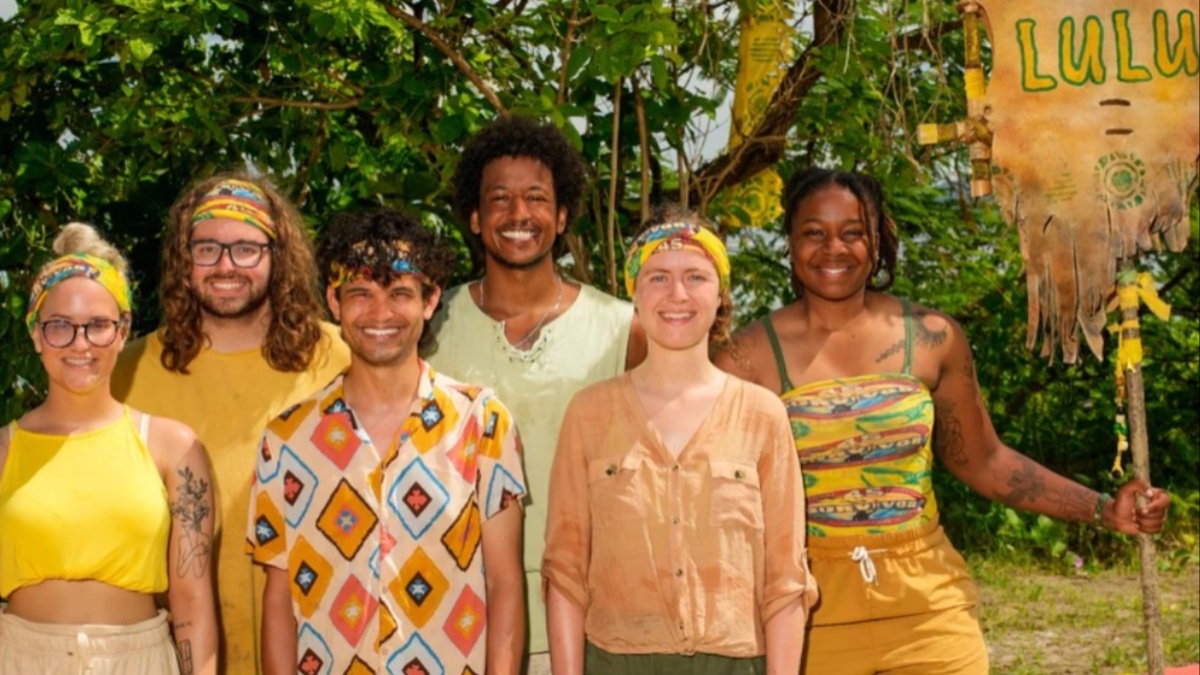Survivor is an individual-based reality competition show with room for only one player to win the $1 million grand prize and title of “Sole Survivor,” hence the “sole” part.
But, the tribe portion of every season is undeniably crucial and has ended or propelled contestants’ games since the franchise’s inception on CBS in 2000. Forging alliances, voting out rivals, and learning what it takes to thrive with just the bare necessities while being physically and mentally strained are all things that can happen for a competitor before the merge.
Every season begins with two or three tribes of an equal number of players and sexes. For example, last week’s premiere of Survivor 45 featured three tribes of six players with three women and three men apiece.
But, how did the the tribes get picked in the first place? Simply, it’s host and showrunner Jeff Probst and his team who assemble the initial groups. And he explained the process behind it during a recent episode of On Fire: The Official Survivor Podcast.
“What we do is go from August to March finding our new batch of players,” Probst said. “So, we’re in casting right now for [Survivor] 47 and 48. And when we get the players that we’ve finally decided are going to be on our two seasons, we lay all the cards on a table and we just start arranging them, no real formal process to it.
“But, what you’re looking for is what you would imagine: physical, mental, IQ, emotional intelligence, and then all the information we gathered from our deep, deep psychological dive about diversity and age, background and upbringing, ethnicity, points of view. But, there’s no science.”
Probst pointed out that he and the other Survivor executives won’t actually know how castaways will mesh together on a tribe until they’re marooned in Fiji.
“Sometimes we get it right, sometimes we get it wrong,” Probst said. “But, I will say historically that even if we get it wrong, and you’re on a miserable tribe, sometimes losing can form bonds and if you can survive the Tribals and get to the merge, those bonds can then be an accelerator to get you to the end.”
Probst’s point is best proven by Matsing from Season 25
The perfect example of Probst’s point is Survivor: Philippines and the ill-fated Matsing tribe. Season 25 opened up with three tribes and a returning player at its helm. And after 10 days and four Tribal Councils in the archipelago, Matsing had been whittled down to two players. Unable to secure safety at an Immunity Challenge, only Denise Stapley and Malcolm Freberg were left standing. They were then split apart and absorbed by the other two tribes (Kalabaw and Tandang).
Fast forward over two weeks and both former Matsing members sitting as part of the final four at Tribal Council. Freberg went out on day 38 in fourth, and Stapley was ultimately crowned the queen of Season 25.
Their resilience was tested more than anyone else at the start of the season, and they used that momentum to eventually lock themselves into a majority alliance.
Survivor: Edge of Extinction castaway and Probst’s co-host on the podcast, Rick Devens, is also a man all too familiar with Tribal Council. Besides the three he missed when he was voted out and living on the Edge of Extinction (the season’s twist), Devens participated in every Tribal Council until his final-four demise.
He agreed with Probst’s sentiment that several trips to Tribal at the start of a season can be beneficial to those who survive.
“If you make it through those Tribals, which is the big ‘if,’ then you’re battle-hardened, you know how people voted, you have a lot of information in the game that people who have not visited Tribal do not have,” Devens said.
Mid-game tribe swaps are typically random
Nowadays, the initial tribes are typically only around for the opening part of a game. One of the most exciting moments in a season is the tribe swap and when Probst utters his famous phrase: “Drop your buffs.”
Whether it be two tribes swapping into three or vice versa, new groups of these players are chosen. But, it’s usually by chance, not by the showrunner. The most iconic way a tribe swap works is when everybody reaches into a basket and grabs a wrapped-up piece of cloth with a buff inside. The new tribes are assembled randomly.
Lastly, the players who make the merge technically join one large tribe. But, once again, it’s not Probst and his team’s choosing. It’s whoever survived to the midway point of the game.

